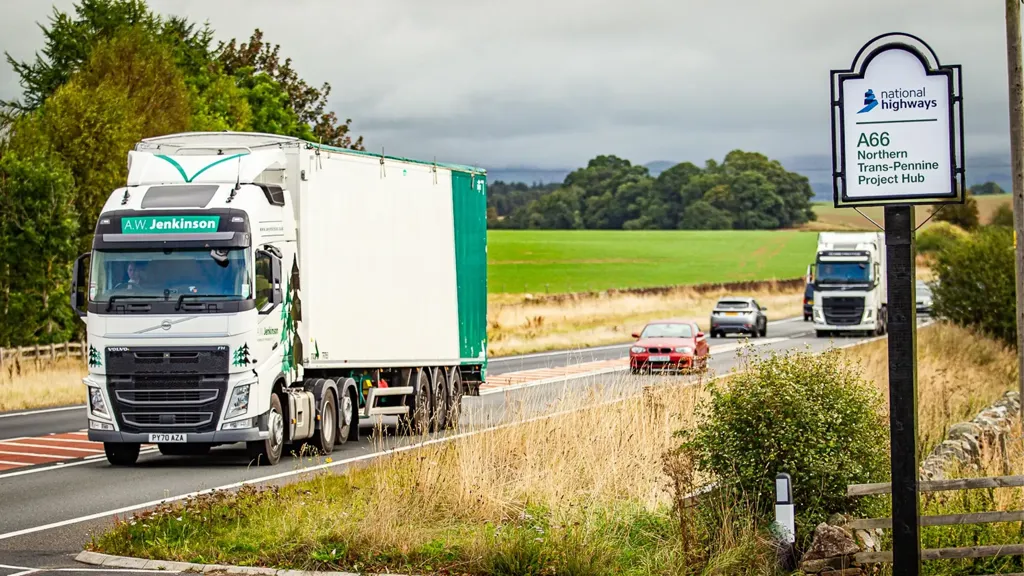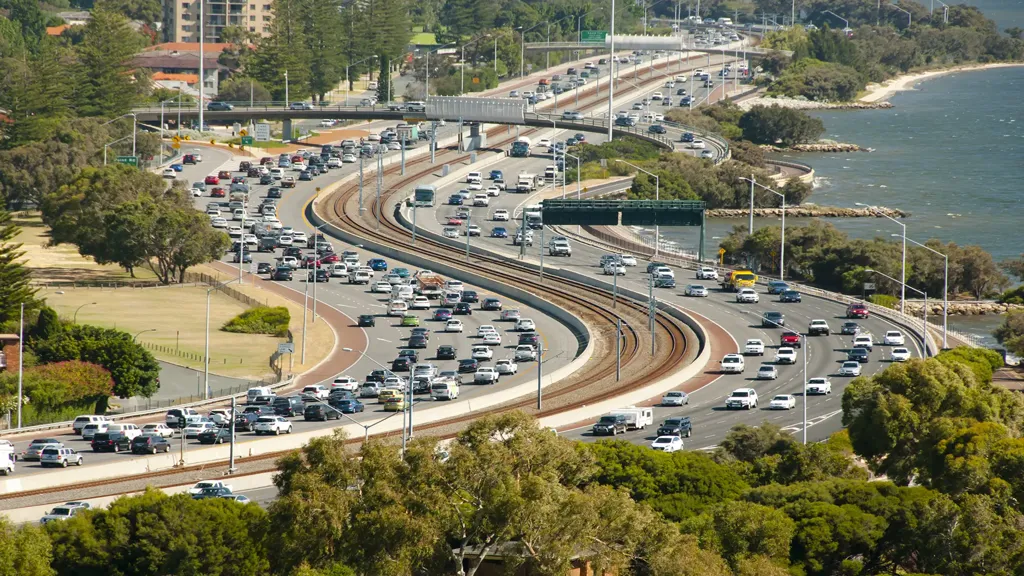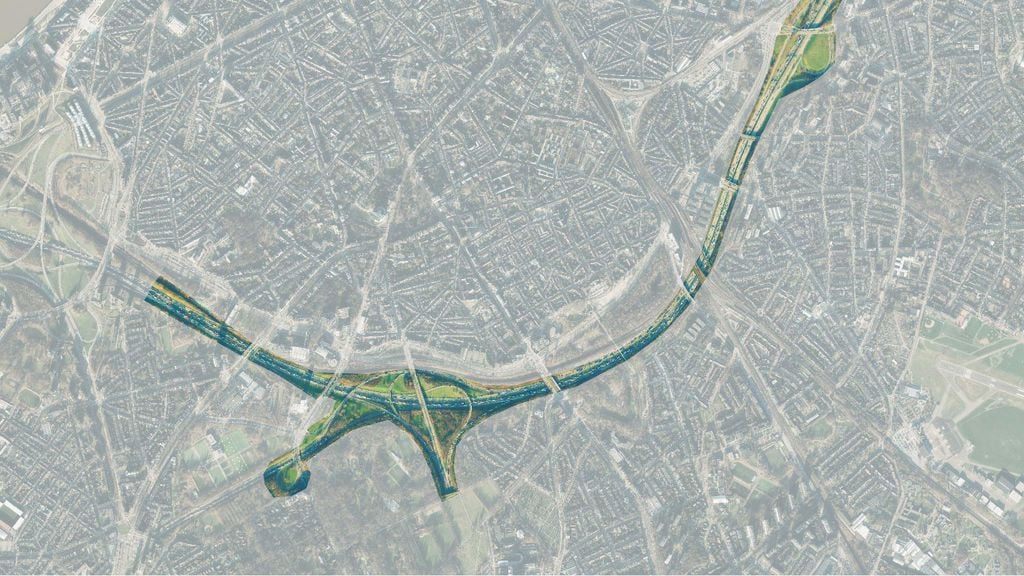Optimising city road networks
Optimising complex, existing city networks often means taking a step back to see how a network truly serves today’s users, including how it connects to other transport modes as one cohesive system.

Defining the strategy
Our work in this space starts with understanding strategy and objectives. In every town or city, the existing road network will reflect a mix of historical decisions, physical constraints, earlier planning trends and decisions and many other factors. Cities and towns are not static though – and our strategy work aims to bring together the many dynamics that shape life and work in a location, and help clients to develop a strategy that reflects the future experience they want to achieve.
Galway City Council commissioned Arup to design a city-wide integrated transport strategy as the city looks to introduce a more sustainable transport system that will safeguard its vibrant city centre while future-proofing its economy.
The strategy aims to remove non-essential motorised traffic from the city centre, freeing up space for public transport, as well as walking and cycling, while supporting the long-term economic growth of Galway and the West Region. Prioritising other transport modes over private car traffic within the core city centre and the creation of alternative traffic routes around the city form the basis of the strategy, placing the movement of people and goods ahead of individual vehicles.
Responding to incidents
Sometimes optimisation is about ensuring quick responses to identifying and mitigating events which impact traffic flow, for example traffic accidents or weather events. We are developing and using the latest digital road management platforms to support decision making for Virginia Department of Transportation through their Artificial Intelligence Decision Support System project, allowing for fast multiagency responses and preventive measures on the network.
Supporting behavioural change
‘Modal shift’ – the desire to encourage the community to use alternatives to private cars – is a priority for many cities, and can be achieved using both ‘push’ and ‘pull’ strategies. Mobility pricing is increasingly on the table as one such strategy and our focus is always on designing schemes with clear objectives and ease of user for the road user, for example our work supporting Think Tank Centre for London as they considered what next generation mobility pricing could look like in the city of London.
Get in touch with our team
Explore
Learn more about how our services can support your project:
Projects
Explore more roads and streets projects

Transforming the A66 Northern Trans-Pennine to deliver more than just safer journeys
A66 Northern Trans-Pennine upgrade, UK

Creating a net zero future for Western Australia’s road network
Main Roads Western Australia Net Zero 2050 Transition Roadmap, Australia

Covering Antwerp Ring Road: paving the way for a greener, safer and connected city of Antwerp
Antwerp Ring Road, Belgium

Digital tool identifies carbon reduction strategies for major roads
Outcome-led design tool, Australia
City road networks
We take a multidisciplinary approach to our roads and streets work in urban environments, looking at how road based travel connects with other modes such as rail and bringing the full breadth of Arup services to our urban road clients.

